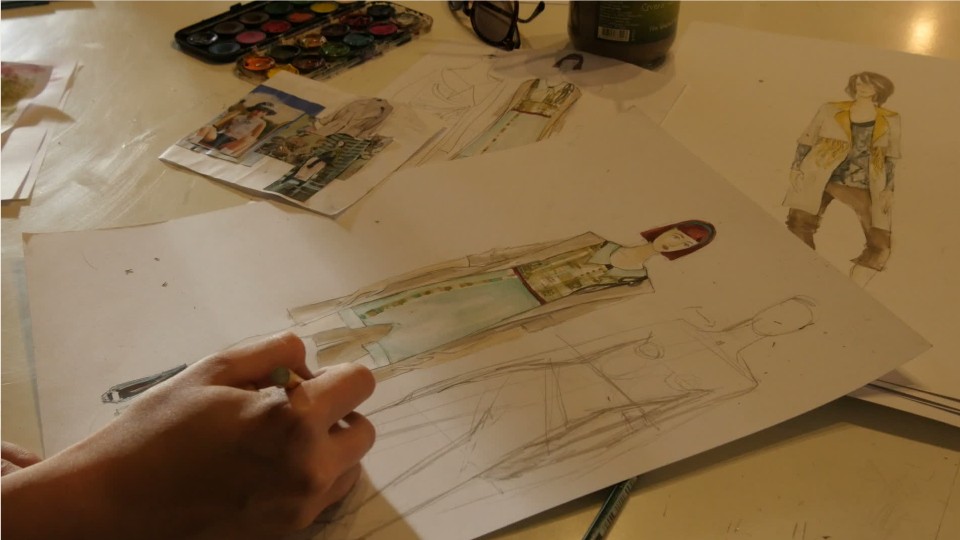Fashion Designers
Apparel Designer, Costume Designer, Designer, Fashion Designer
 Select a military branch to see samples.
No similar titles were found.
No similar titles were found.
No similar titles were found.
Select a military branch to see samples.
No similar titles were found.
No similar titles were found.
No similar titles were found.
Combat Artist (Officer)
No similar titles were found.
No similar titles were found.
What they do:
Design clothing and accessories. Create original designs or adapt fashion trends.
On the job, you would:
- Sketch rough and detailed drawings of apparel or accessories, and write specifications such as color schemes, construction, material types, and accessory requirements.
- Examine sample garments on and off models, modifying designs to achieve desired effects.
- Confer with sales and management executives or with clients to discuss design ideas.
Knowledge
Engineering and Technology
- design
- computers and electronics
Manufactured or Agricultural Goods
- manufacture and distribution of products
Business
- sales and marketing
Arts and Humanities
- English language
Skills
Basic Skills
- listening to others, not interrupting, and asking good questions
- talking to others
Problem Solving
- noticing a problem and figuring out the best way to solve it
Social
- changing what is done based on other people's actions
- understanding people's reactions
Abilities
Verbal
- communicate by speaking
- read and understand what is written
Ideas and Logic
- create new and original ideas
- come up with lots of ideas
Personality
People interested in this work like activities that include creating, designing, and making your own rules.
They do well at jobs that need:
- Innovation
- Adaptability
- Achievement Orientation
- Attention to Detail
- Initiative
- Self-Confidence
Technology
You might use software like this on the job:
Computer aided design CAD software
- Autodesk Revit
- Trimble SketchUp Pro
Presentation software
- Microsoft PowerPoint
Graphics or photo imaging software
- Adobe Creative Cloud software
- Adobe Illustrator
Education
Education: (rated 3 of 5)
bachelor's degree or
associate's degree
usually needed
associate's degree
usually needed
Job Outlook
Below Average
New job opportunities are less likely in the future.
Explore More
- Commercial & Industrial Designers
- Craft Artists
- Fabric & Apparel Patternmakers
- Graphic Designers
- Tailors, Dressmakers, & Custom Sewers
You might like a career in one of these industries:
See more details at O*NET OnLine about Fashion Designers.






